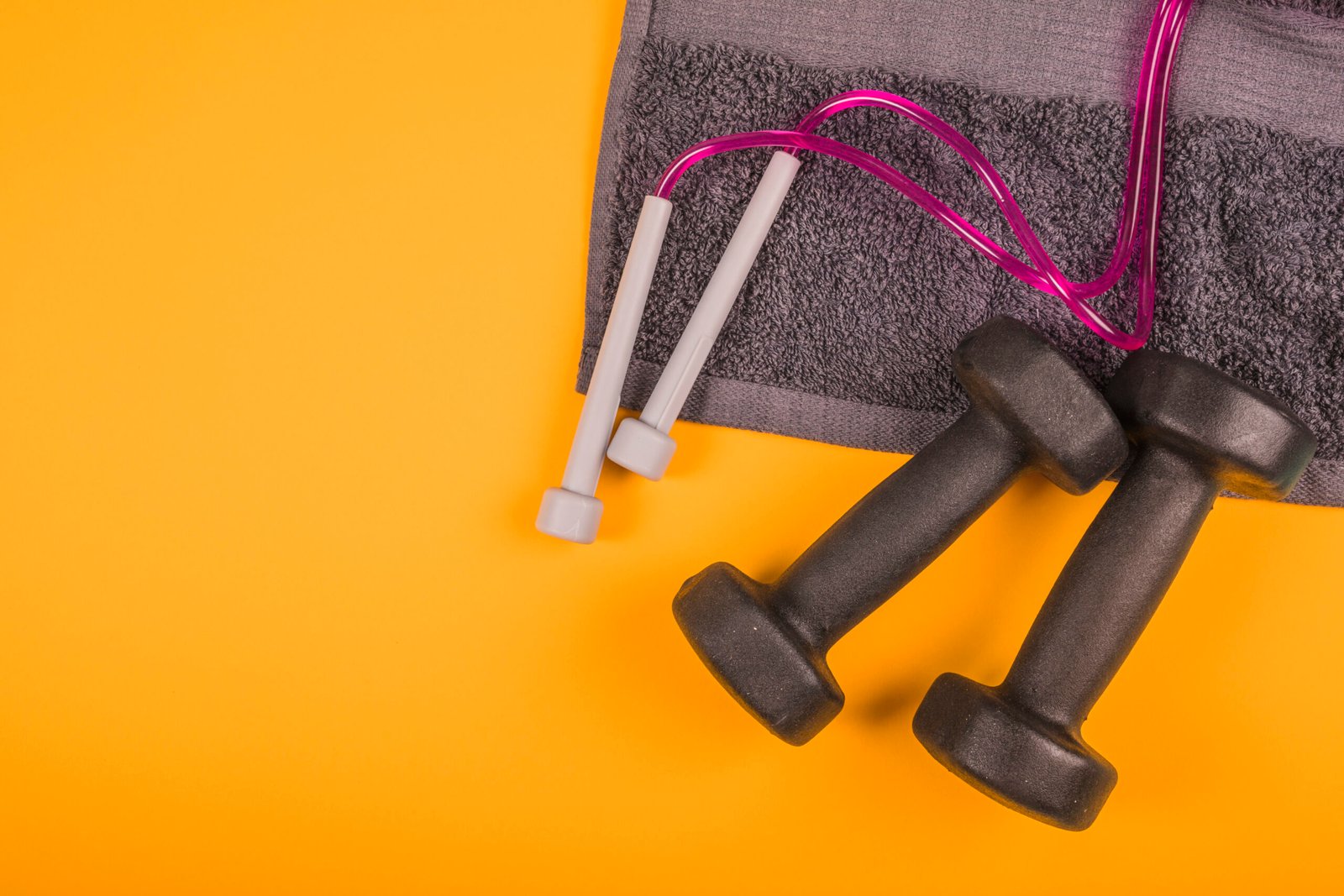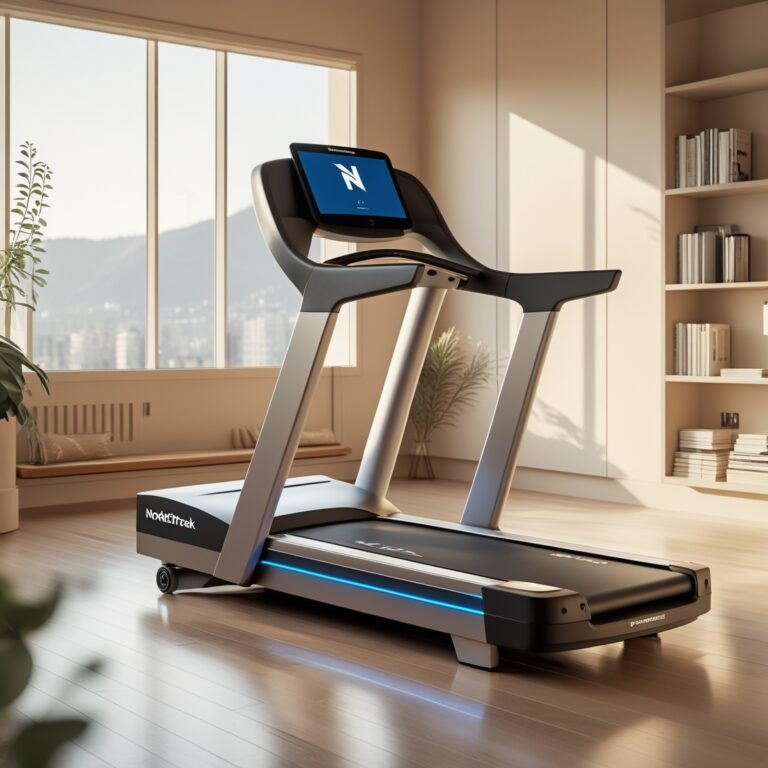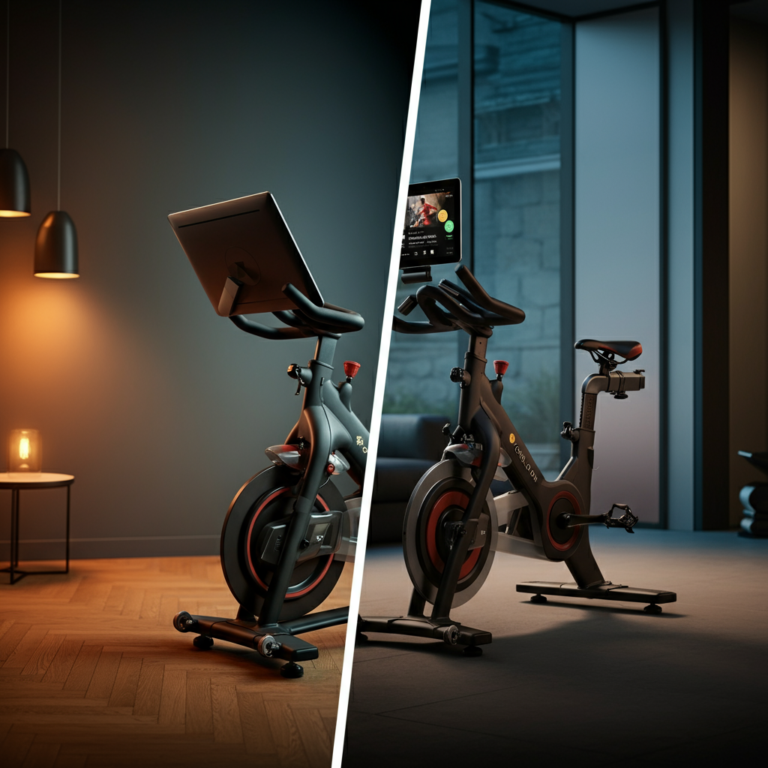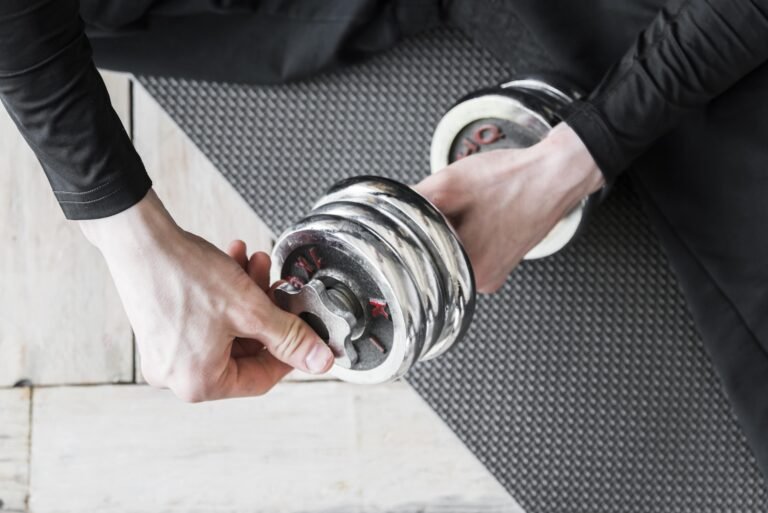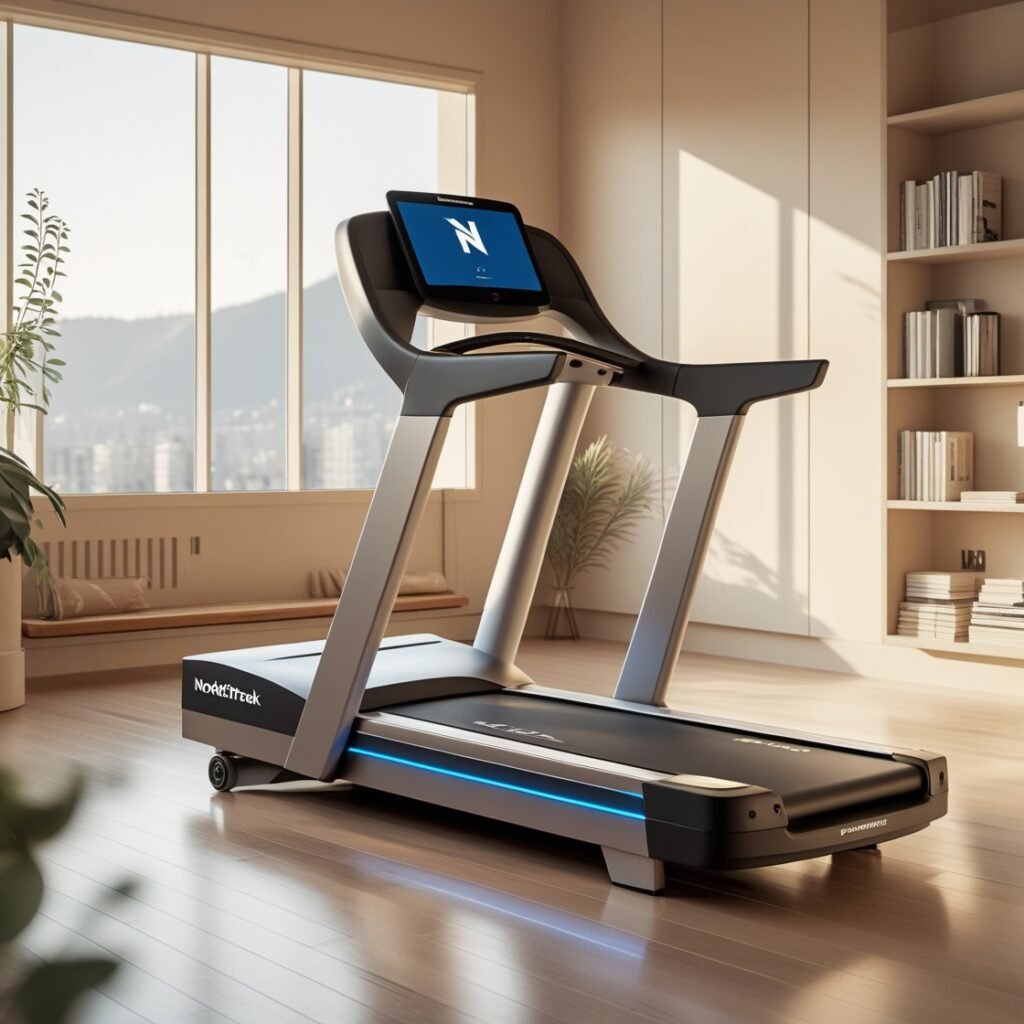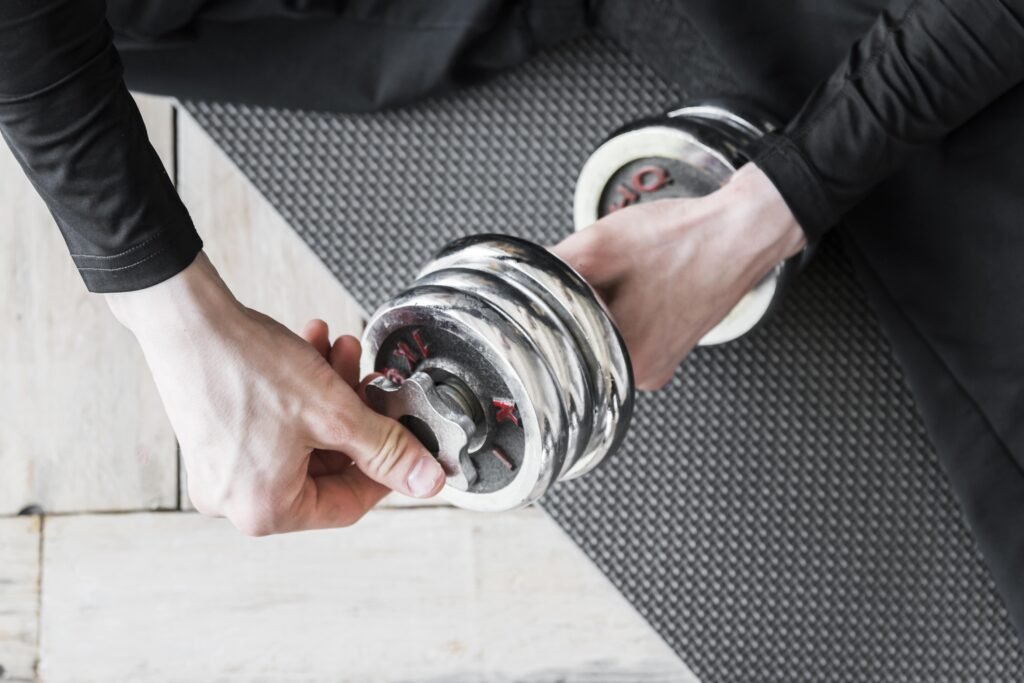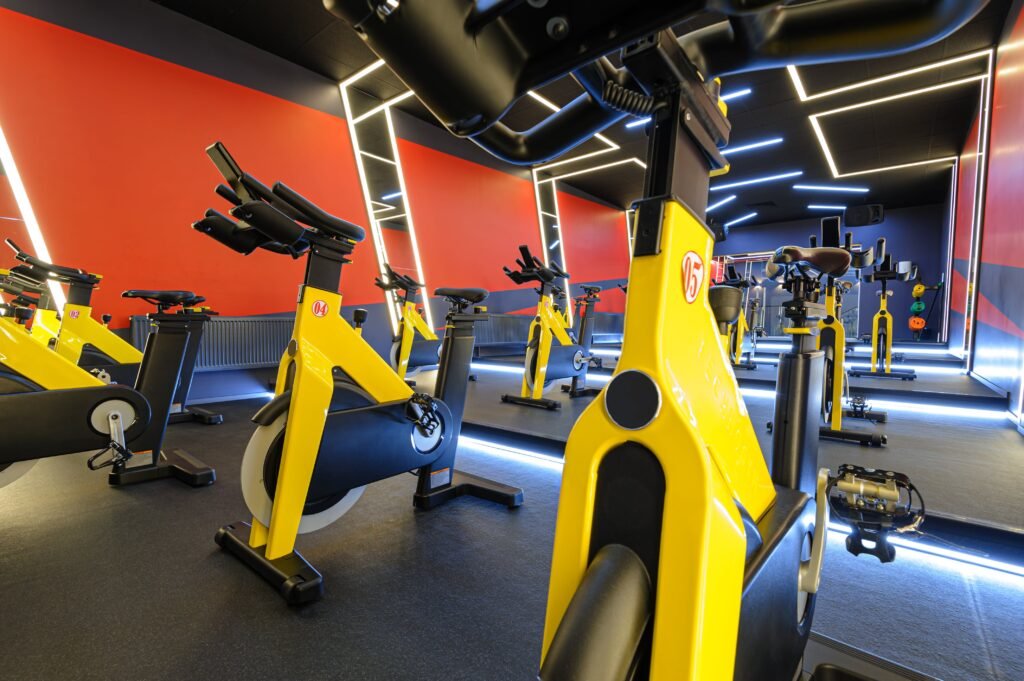Creating a home gym and Home Fitness Equipment for Beginners is one of the best decisions you can make for your health. With the right equipment, you can work out at your convenience, avoid crowded gyms, and design a fitness routine that fits your unique needs. But if you’re a beginner, choosing the right home fitness equipment can feel overwhelming.
This guide will help you build your home gym. It covers everything from setting your goals to choosing the right equipment for your space. You’ll also hear opinions from fitness enthusiasts, expert tips, and answers to frequently asked questions.
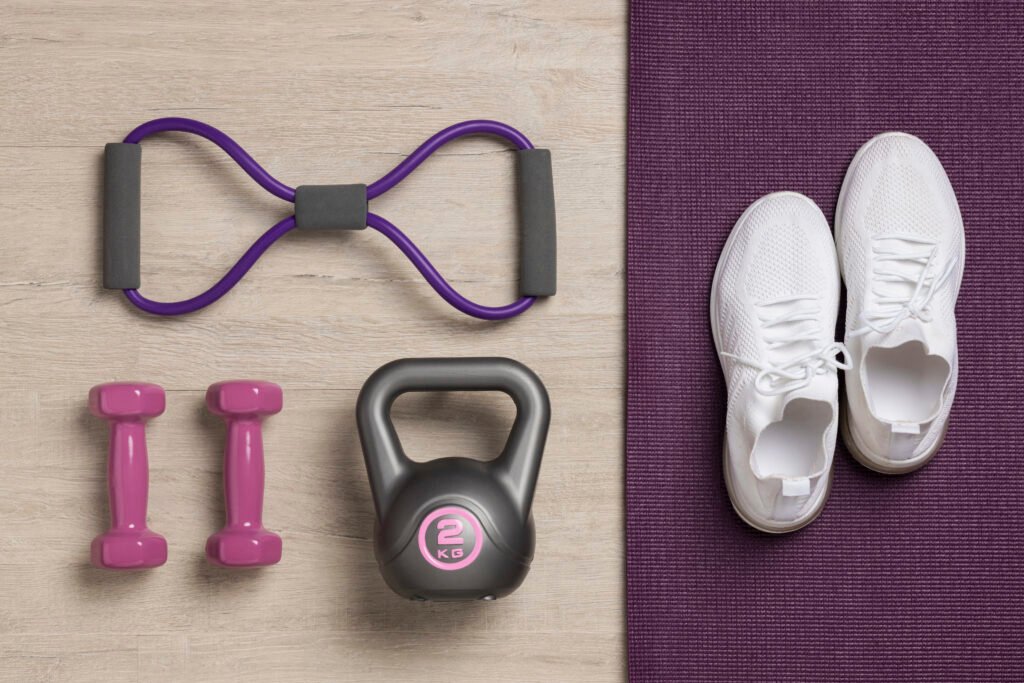
Why Build a Home Gym?
Convenience Meets Flexibility with Home Fitness Equipment
A home gym allows you to exercise at any time. Whether you’re an early bird or a night owl, there’s no waiting for machines or adjusting to a gym’s hours. Also, you save time on your commute.
Cost-Effective in the Long Run
While the upfront cost of equipment may seem high, it’s an investment. Over time, you’ll save money by skipping gym memberships, gas, and other expenses.
Personalized Experience
With a home gym, you can focus on workouts that align with your goals without distractions. No waiting for equipment, no judgment—just you and your fitness journey.
What to Consider When Choosing Home Fitness Equipment
Before purchasing any equipment, take the following factors into account:
1. Space Availability
Evaluate your available space. Measure your room and consider equipment size, especially for larger items like treadmills or stationary bikes. If space is tight:
- Choose collapsible treadmills or space-saving gear.
- Utilize resistance Bands and adjustable dumbbells provide easy storage options.
2. Fitness Goals
What do you want to achieve? Your goals will determine the type of equipment you need:
- Cardio: Treadmills, exercise bikes, rowing machines.
- Strength Training: Dumbbells, kettlebells, resistance bands.
- Flexibility: Yoga mats, foam rollers, balance balls.
3. Budget
Set a budget to avoid overspending. Start small with essentials and upgrade as you progress. Look for sales, refurbished items, or second-hand equipment in good condition.
4. Durability and Maintenance
Invest in quality equipment that lasts. Research brands with solid warranties and read customer reviews. Additionally, make sure you know how to upkeep the machinery.
5. Ease of Use
As a beginner, you’ll want equipment that is intuitive and easy to operate. Avoid overly complicated machines with steep learning curves.
Top Home Fitness Equipment for Beginners
1. Cardio Machines
Cardio machines help burn calories and improve heart health. Here are some easy options for beginners:
- Treadmill: A versatile choice for walking, jogging, or running. Look for foldable models if space is limited.
- Stationary Bike: A low-impact option that’s easy on the joints. Some models even include built-in workout programs.
- Rowing Machine: Provides a full-body workout with minimal stress on your joints.
2. Strength Training Essentials
Strength training helps build muscles and improve health. Here are some easy steps to help you begin:
- Adjustable Dumbbells: Save space and money with a set that adjusts to different weights.
- Resistance Bands: Affordable and versatile for both upper and lower body workouts.
- Kettlebells: Perfect for dynamic exercises like swings and squats.
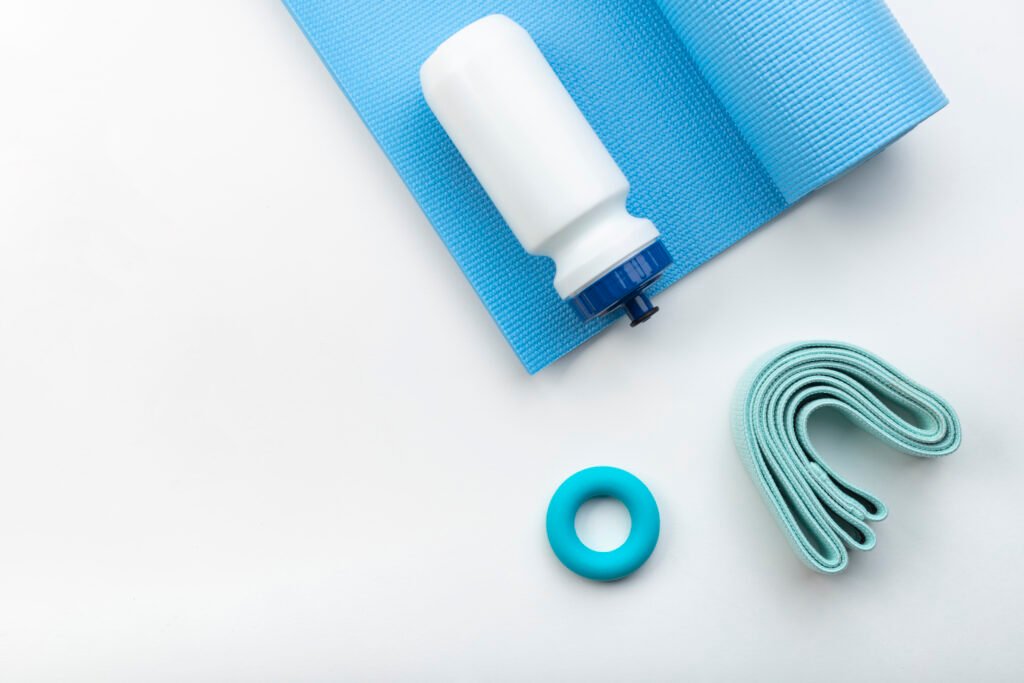
3. Flexibility and Recovery Tools
Flexibility is a key component of fitness. Equip your home gym with:
- Yoga Mat: Ideal for stretching, yoga, and Pilates.
- Foam Roller: Helps release muscle tension and speeds up recovery.
- Stability Ball: Great for core workouts and improving balance.
Real User Opinions on Home Fitness Equipment
- James, 34 (Home Gym Enthusiast):
- “I began modestly with resistance bands and dumbbells. “I added a bench and a rowing machine.”
- — Maria, 29 (Beginner) “I live in a small apartment, so I chose a foldable treadmill and a yoga mat. Both have changed my routine for the better.” I am, 40 (Busy Professional):
- “I wanted something quick and effective, so I bought a compact rowing machine. It gives me a full-body workout in just 20 minutes.”
How to Set Up Your Home Gym
Creating a home gym is more than just buying equipment. Here’s how to optimize your setup:
1. Choose a Dedicated Space
Pick a well-lit, ventilated area. It could be a spare room, garage, or even a corner of your living room.
2. Organize Your Equipment
Use storage racks or bins to keep equipment tidy. This prevents clutter and ensures safety.
3. Invest in Flooring
Protect your floors and lessen sound disturbances by utilizing rubber mats or locking tiles.
4. Create a Workout Plan
Consistency is key. Create a schedule and stick to it, whether it’s 15 minutes daily or an hour thrice a week.
Expert Tips for Beginners
- Begin Gradually: Avoid purchasing everything simultaneously. Start with basic gear and gradually improve it as you feel more comfortable.
- Prioritize Safety: Learn proper techniques to avoid injuries.
- Ask for Help: View online instructional videos or engage a coach to initiate your journey.
- Stay Consistent: Even short workouts can lead to long-term results if done regularly.
Frequently Asked Questions (FAQs)
1. What is the best equipment for beginners?
Beginners should start with versatile and affordable options like resistance bands, adjustable dumbbells, and a yoga mat. These products offer varied workouts and don’t demand substantial space..
2. How much space do I need for a home gym?
You can create a functional home gym in as little as 50 square feet. Foldable and compact equipment are ideal for small spaces.
3. How do I maintain my equipment?
Regularly sanitize your gear to eliminate perspiration and dirt. For machines like treadmills, follow the maintenance instructions. This includes oiling the moving parts.
4. Should I buy new or used equipment?
Used equipment can be a great way to save money, but inspect it thoroughly for wear and tear. Check for warranties or guarantees when possible.
5. What’s the most cost-effective way to start?
Begin with essentials like a yoga mat and resistance bands. These items are inexpensive yet offer a wide range of workout possibilities. Add more as your budget allows.

